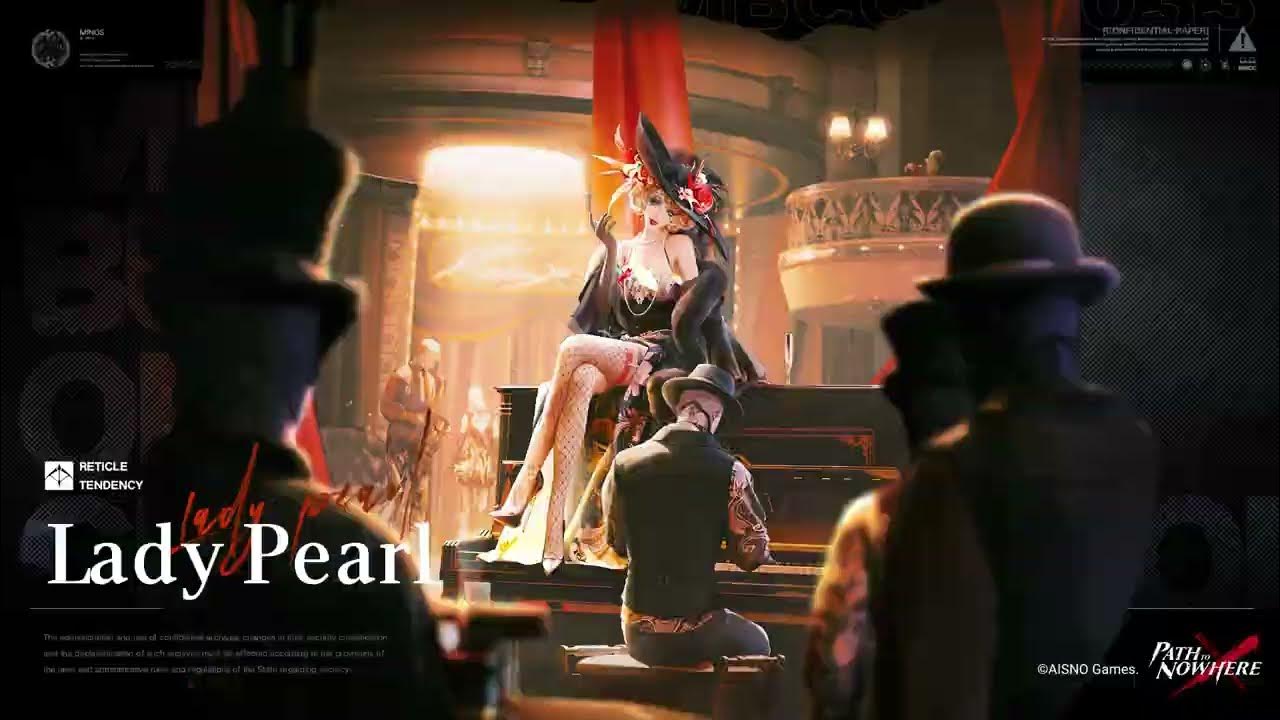This comment has no relevance to anything. If it was trying to imply that Americans don’t avoid healthcare due to cost, in effect denying Americans healthcare, it’s totally inaccurate. There are thousands of American citizens all over the USA that cannot afford healthcare, and Americans routinely avoid getting needed healthcare just to make ends meet.
Even Americans with higher incomes avoid healthcare, and here is a link that mentions that specifically: https://www.cbsnews.com/news/health-care-costs-rising-americans/



























While true, it’s stupid that things are that way. They shouldn’t be able to hide behind the idea that “we’re not responsible for what our users publish, we’re more like a public forum” while also having total ownership over that content.